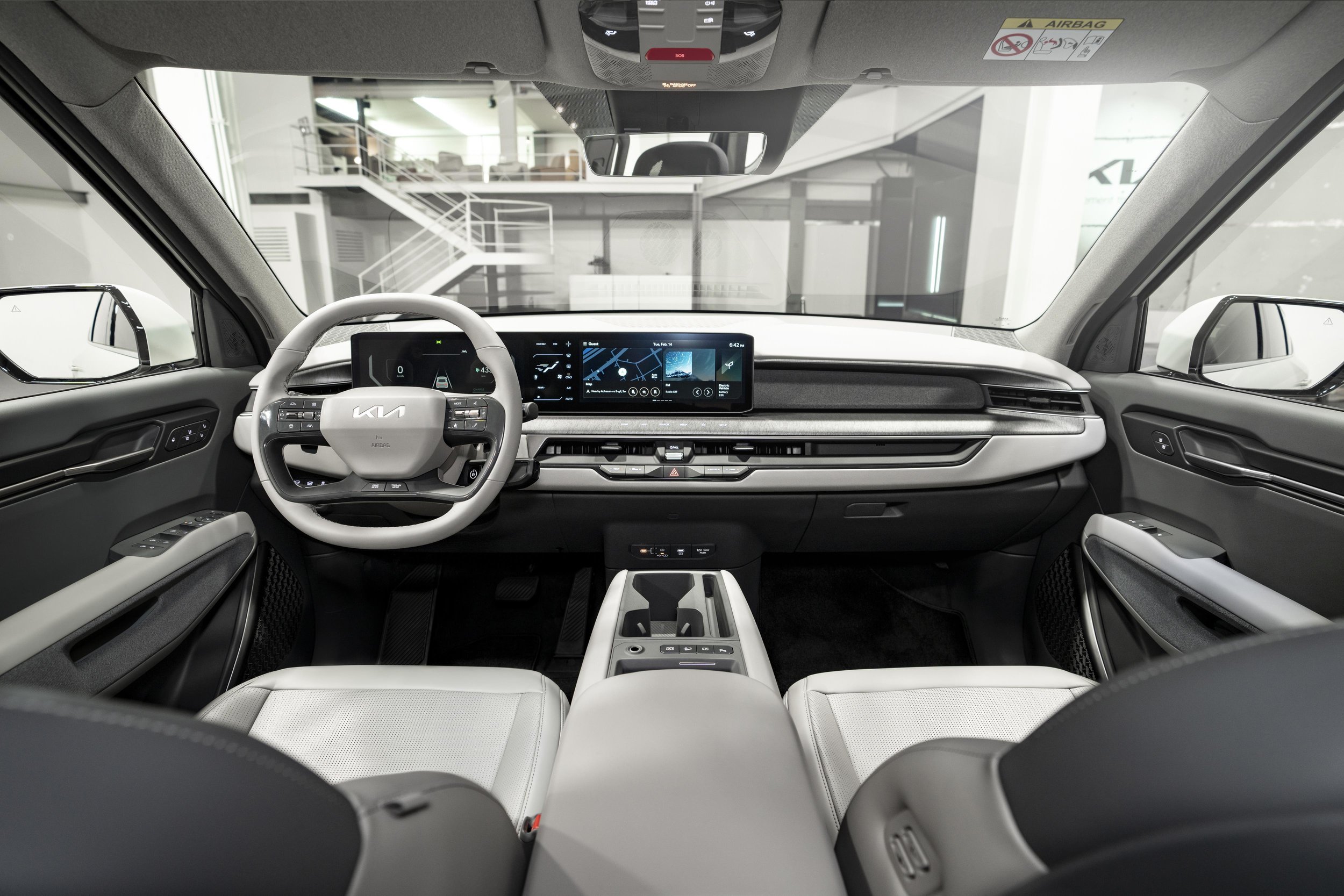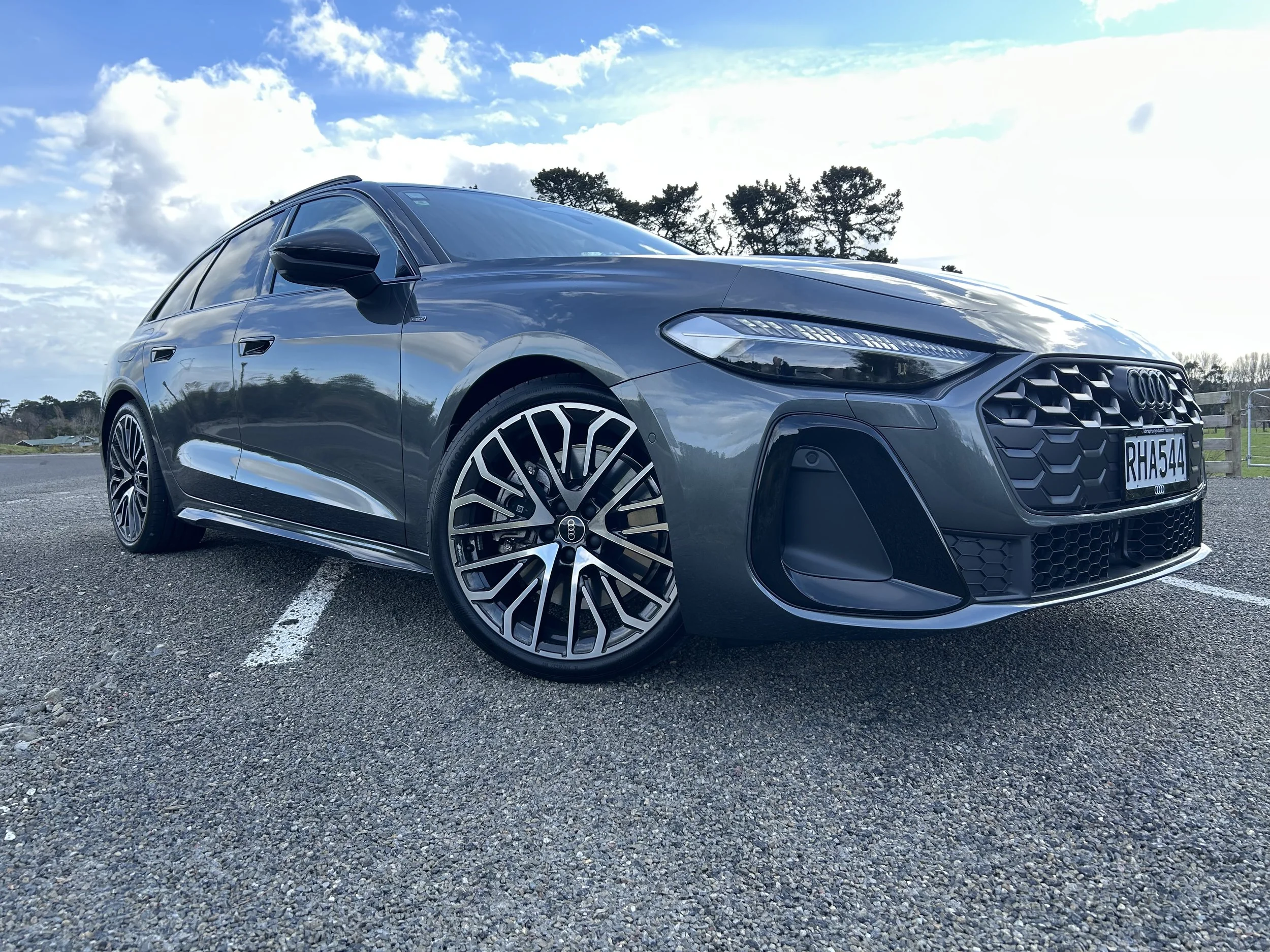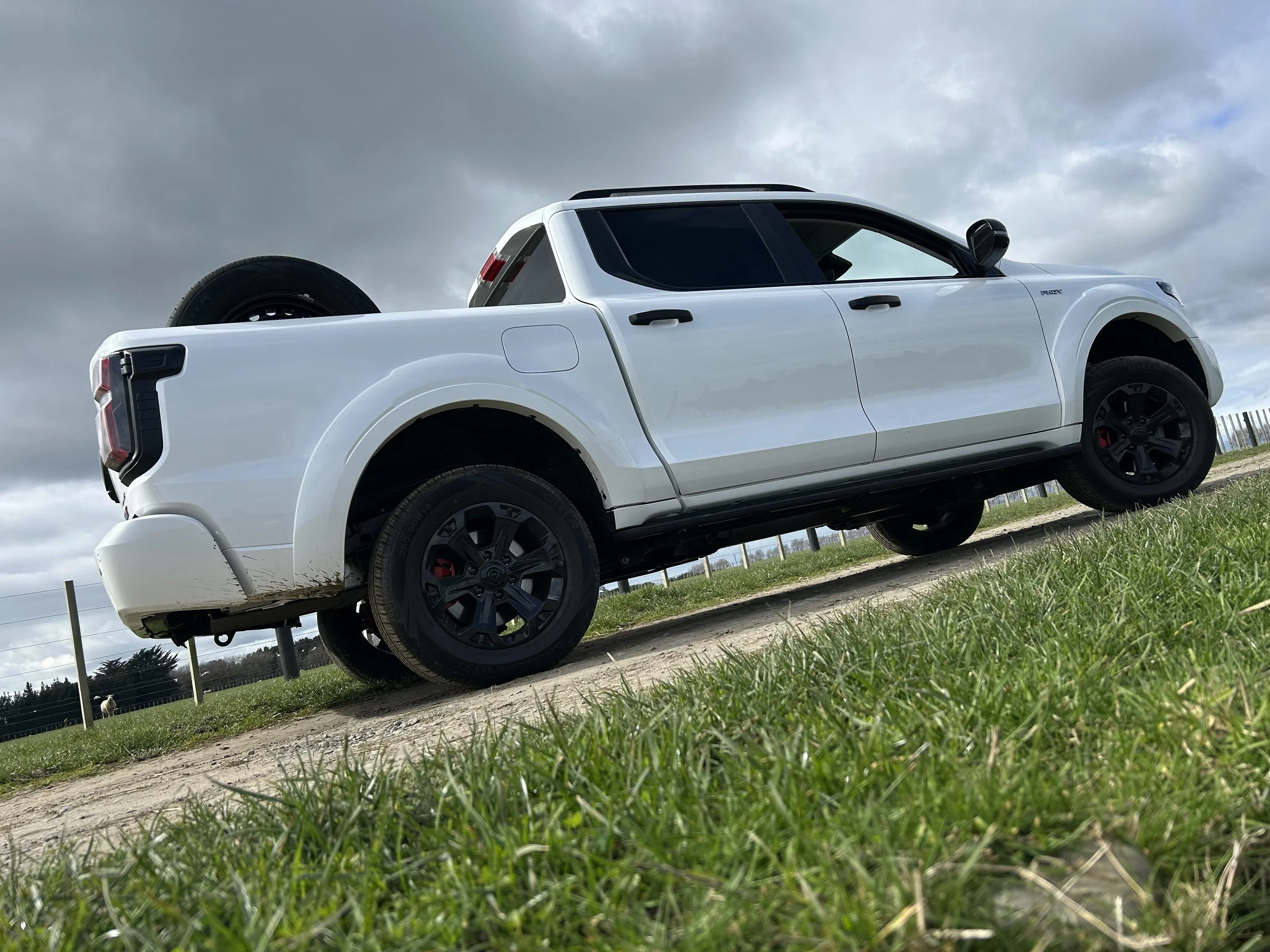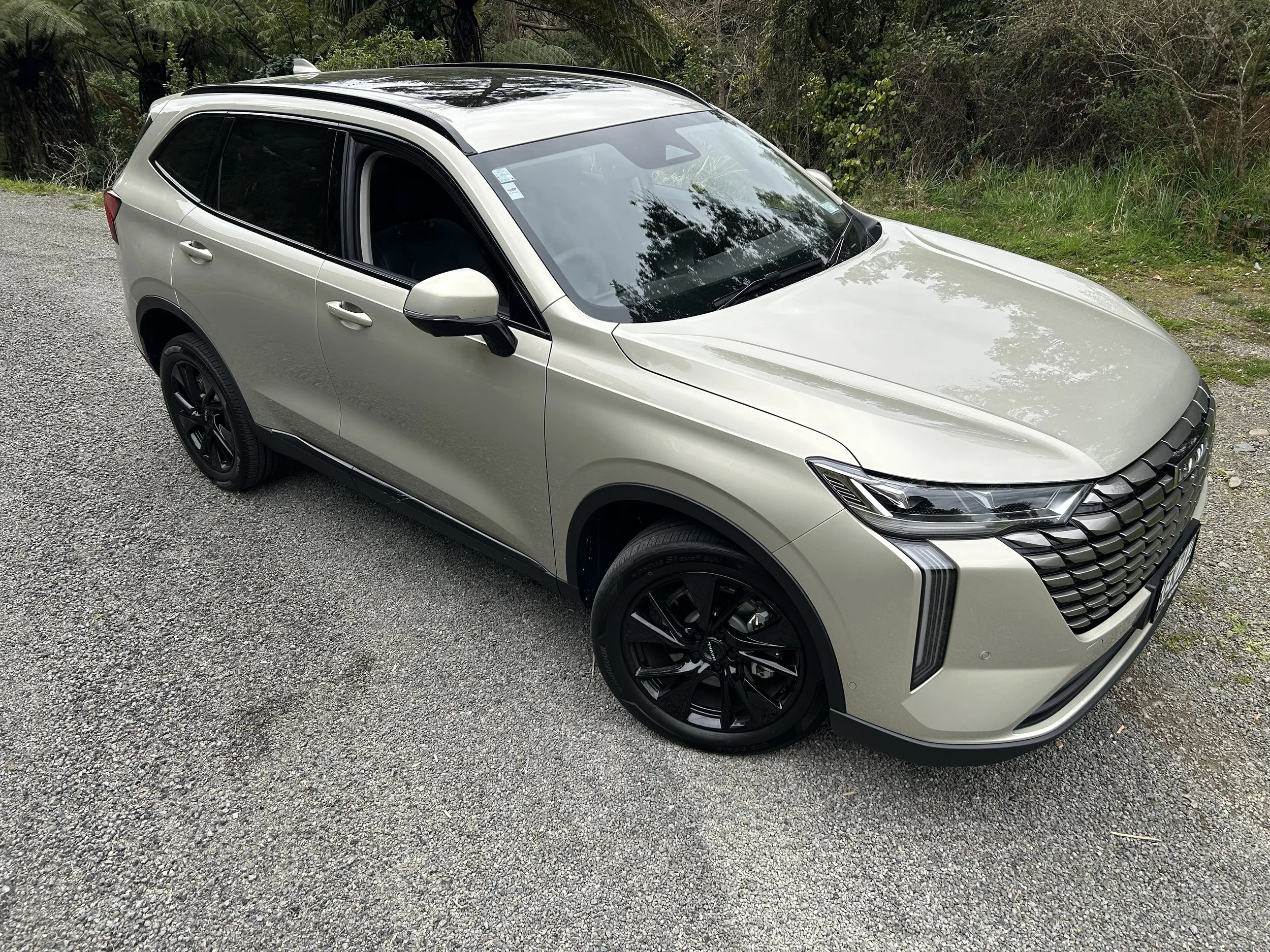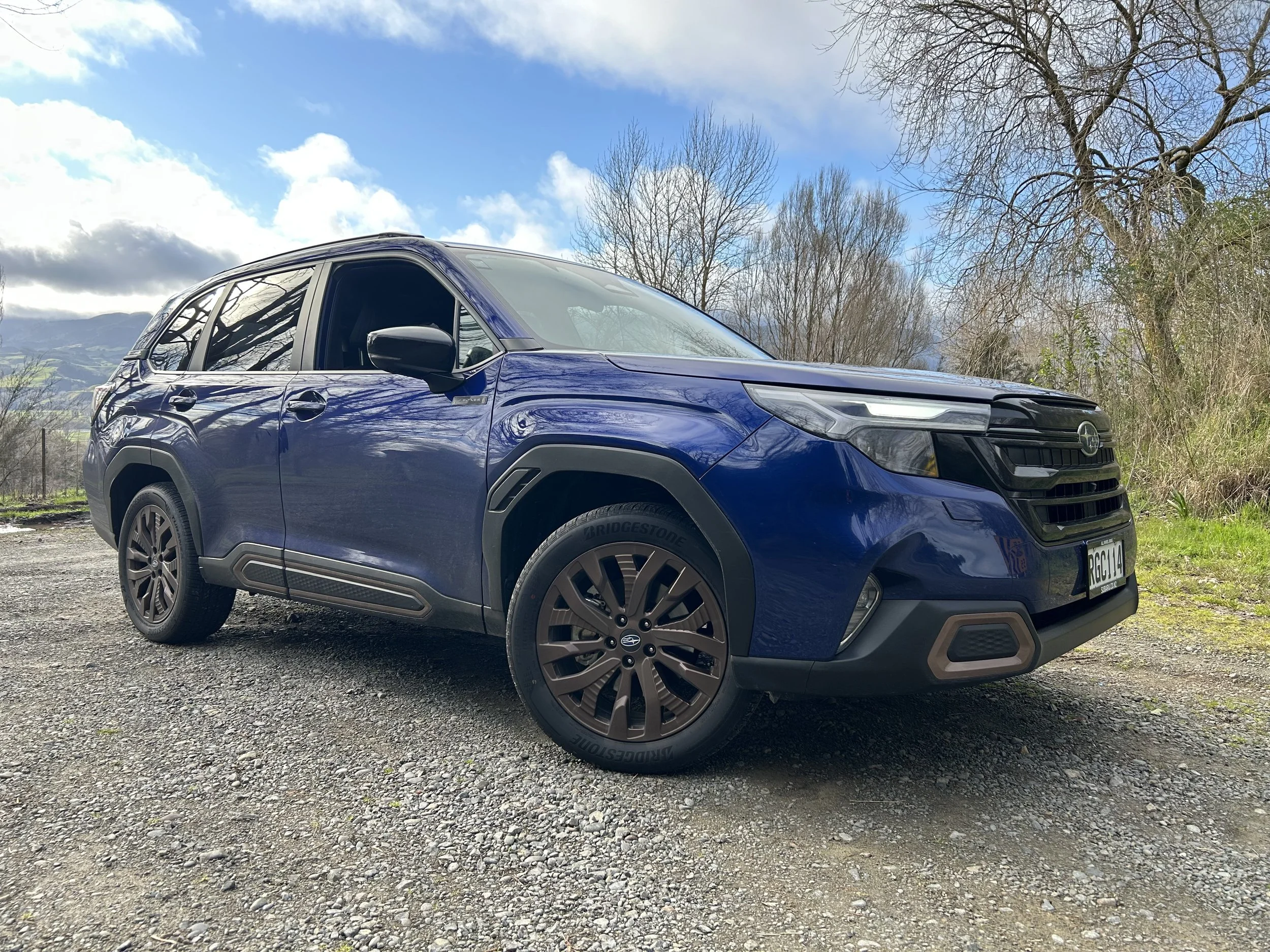Self-drive smarts with Kia SUV
/Will headline level three autonomy make the grade for local use?
HEAD office has opened up and though the national distributor has yet to speak about the local market fit out, an incoming Kia’s technology suite could take hands-off driving to a new level for Kiwis.
The EV9, a three-row sports utility offering seating for up to seven, is the South Korean make’s most advanced product ever – one reason why it’ll potentially also be its most expensive.
In a follow-up from having revealed the design a week ago, Seoul head office has now shared detail about features and the model choice ahead of likely release here around September, assuming there’s conformity with Australia, where this date has been shared.
The latest news reveals that in addition to decent range (up to 541 kilometres on the WLTP scale) and spaciousness comes huge sophistication – particularly with the GT-Line flagship.
Its equipment includes a higher level of semi-autonomous driving tech than presently avails in this market.
Kia NZ was today approached for detail about what specifications might be in line for our market and at what potential cost, but a spokesman explained answers to these and other questions couldn’t be answered at present.
Local implementation of the top model’s conditional semi-autonomous driving technology, called Highway Driving Pilot (HDP), that meets Level Three will place the EV9 a step above any other car sold here.
At this standard, a vehicle is able to monitor surroundings and take care of all steering, braking and throttle inputs in certain environments, such as slow traffic and motorways, without human intervention - though it still demands a person at the wheel to provide an over-ride.
Level three tech is also capable of making other decisions on its own, such as changing lanes if it is safe to do so.
Latest information in respect to how that might work in New Zealand suggest this tech would require testing and certification before being allowed in to public use. Whether this has been sought by Kia NZ, a factory operation based in Auckland, is not clear.
As point of reference, technology like adaptive cruise control and active lane centring/lane keep assist systems that the majority of new cars feature as standard are considered level one.
With level two, adaptive cruise and lane keep assist function together, allowing a car to change lanes on its own, but the manoeuvre must be instigated by the driver. A level two car can only operate hands’ free for a short duration, usually of no more than 12 seconds, before alerting requirement for human intervention.
The EV9 achieves its goals through being fitted with 15 sensors – including two lidars – providing 360-degree situational awareness when driving on highways.
Three EV9 versions have been announced. A Rear-Wheel-Drive (RWD) Standard model with a 76.1kWh battery pack and single 160kW/350Nm motor, a RWD Long Range with a 99.8kWh battery and 150kW/350Nm motor, and an All-Wheel-Drive model, also with the 99.8kWh battery, plus dual motors delivering a combined 283kW/600Nm. The latter can be optioned with a cost-extra boost feature that adds another 100Nm.
The only driving range shared is for the long-range edition. Zero to 100kmh times are 8.2 seconds, 9.4s and 6.0s, which reduces to 5.3s with ‘boost’.
A high-performance EV9 GT is also being planned, but it won't be launching until early 2025.
Up to 239 kilometres of driving range can be added in approximately 15 minutes when using an ultra-fast charger, thanks to the EV9 being on the same 800-volt electrical architecture as the EV6 and Hyundai’s Ioniq 5 and Ioniq 6.
Today Kia revealed the standard model and a GT-Line trim which delivers revised body styling, black highlights, and an exclusive 'digital pattern lighting grille'.
Even if the autonomy assistance doesn’t come, the EV9 will still have other advanced driver assistance systems that have NZ market compliance. Remote-controlled parking, rear cross-traffic collision-avoidance assist, blind-spot collision-avoidance assist, lane-keep assist, and traffic sign recognition all feature.
The EV9 is 5010mm long, 1980mm wide, 1755mm tall, and has a 3100mm wheelbase. Wheel sizes top out at 21 inches and start with a 19-inch style.
The seating count runs to six- or seven-seat configurations, with the third row claimed to accommodate a person up to 182cm tall. Reclining second-row seats can be optioned as either a bench seat for three passengers, or twin individual seats ranging from a basic type to swivel captain's chairs, allowing the four rear occupants to face each other.
Charging points, cupholders, and air vents proliferate.
The instrumentation is similar to that in the EV6; meaning dual 12.3-inch screens – one being the digital instrument cluster, the other for infotainment – along with a separate 5.0-inch display for heating and air conditioning.




